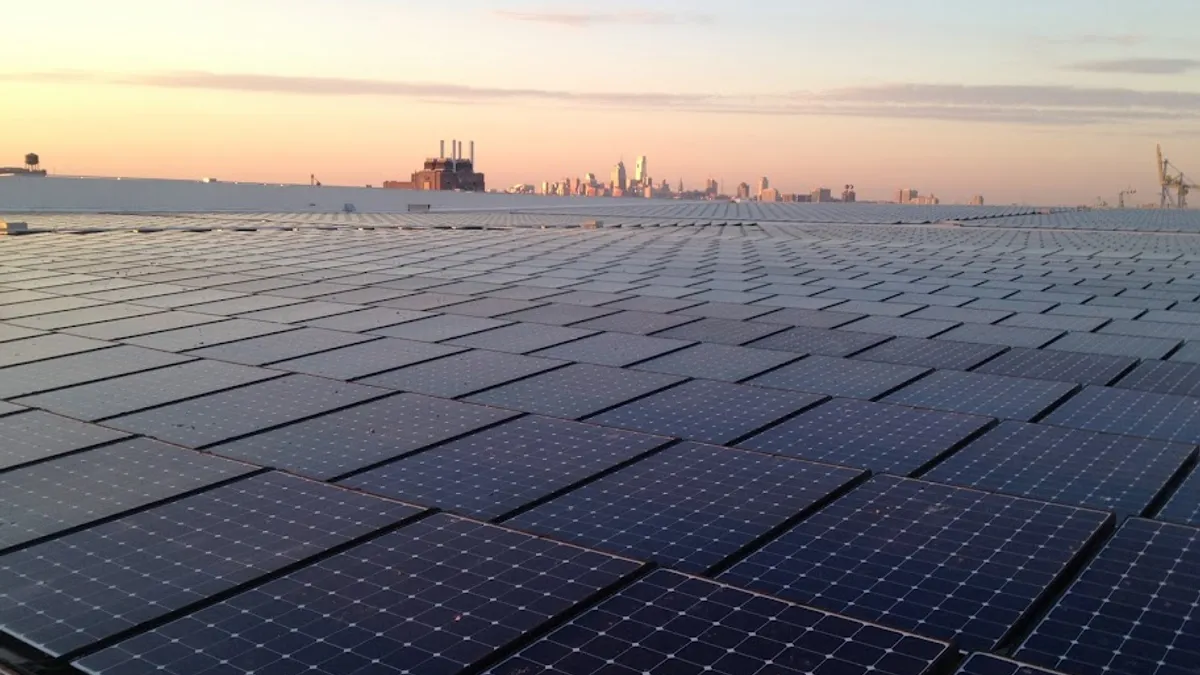Sometimes, central planning by the government actually works. California’s success in raising the share of renewables used to power its electricity needs is a case in point.
When the state led the nation in enacting a renewable portfolio standard (RPS) in 2002 that called for 20% renewables by 2017, there were serious doubts that it could be accomplished. More eyebrows were raised in 2003 as the state accelerated that goal to 2010.
But skeptics were really exercised in 2011 when Gov. Jerry Brown signed a bill setting the nation’s highest RPS at 33% renewables by 2020. It applies to all electricity retailers in the state, including publicly owned utilities, investor-owned utilities, electricity service providers and community choice aggregators.
But as of Oct. 3, the California Independent System Operator’s (ISO) daily snapshot of renewables' power contributions showed that, in the previous 24-hour period, renewables (not including large hydroelectric facilities) accounted for more than 21% of system demand.

That's 134,907 megawatt-hours (MWh) out of 636,280 MWh of total demand. More than half of the 21%, 74,362 MWh, was produced by wind, with solar and geothermal contributing 21,512 MW and 18,862 MW, respectively. The balance was filled out with biogas, biomass and small hydro.
But that's no anomaly—renewable production levels around 20% are closer to the rule than the exception in California.

The contribution of renewables has been growing steadily in recent years, the Energy Information Administration (EIA) recently suggested, not just because of the state's “aggressive” RPS, but because of “continued federal tax credits, grants and other support, along with implementation of a state greenhouse gas emissions cap-and-trade program.”
And the EIA did not mention state initiatives, such as former Gov. Arnold Schwarzenegger’s Million Solar Roofs program, which set a goal of installing 1,940 MW of solar by 2016. Supported by financial incentives, the state is about halfway to the 1 million installations.
California’s renewable power output hit a daily record of 26% on May 26, 2013, demonstrating that the state may well accomplish the 33% by 2020 target if planned renewable power projects continue to be integrated at the current rate.

A look at the ISO’s interconnection queue shows that thousands of megawatts of solar power alone are in various stages of development.
Another factor in California’s favor is its long and successful experience with utility decoupling, which removes financial disincentives for encouraging energy efficiency. The result has been virtually flat per capita electricity consumption since the 1970s. By contrast, nationwide per capita electricity consumption has nearly doubled. And due to continued expansion of utility conservation programs coupled with federal and state efficiency standards, demand growth in California is projected to average little more than 1% through 2024, according to a recent report by the California Energy Commission.
The degree to which stakeholders are encouraged by the state’s renewable achievements to date may be reflected in a bill the California Legislature passed and sent Gov. Brown last month. The legislation would lift the cap on the state’s net metering program, now at 5% of utility load, and give the Public Utilities Commission authority to require utilities to buy even more renewables than the RPS requires.
As opposed to when the RPS was first being debated a decade ago, skeptics were hard to find.













